Mugwort (Artemisia vulgaris), a perennial plant native to temperate regions of Europe, Asia, and Africa, has a long history of use in traditional medicine, cuisine, and cultural practices. Known by names like “common wormwood” or “felon herb,” this aromatic plant has intrigued humans for centuries. Modern wellness trends have reignited interest in mugwort, particularly its potential as a herbal tea. However, questions about its safety, efficacy, and appropriate usage persist. This article delves into the scientific and cultural dimensions of boiling mugwort for consumption, examining its benefits, risks, and practical applications.
Historical and Cultural Context
Mugwort’s relationship with humans dates back thousands of years. Ancient Romans used it to flavor beverages and repel insects, while traditional Chinese medicine (TCM) incorporated it into moxibustion—a therapy involving burning dried mugwort on acupuncture points. In Europe, it was believed to protect travelers from fatigue and evil spirits, earning it the nickname “traveler’s herb.” Some cultures even hung mugwort above doorways during midsummer festivals to ward off malevolent spirits.
Culinary uses also exist. In Japan, mugwort (yomogi) is a key ingredient in sweet rice cakes, while Koreans use it to flavor pancakes and soups. These traditions suggest that moderate consumption has historical precedent. However, the shift from culinary to medicinal use raises questions about dosage and safety.
Nutritional and Chemical Composition
Mugwort contains a blend of bioactive compounds, including flavonoids, terpenoids, and sesquiterpene lactones. These include artemisinin (a compound with antimalarial properties), essential oils like thujone, and antioxidants such as quercetin. Boiling mugwort may alter the concentration of these compounds; for example, heat can break down volatile oils but preserve water-soluble flavonoids.
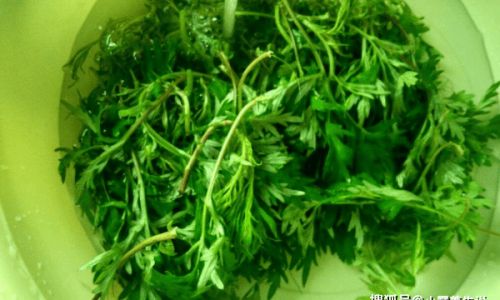
Nutritionally, mugwort is low in calories but rich in vitamin K, iron, and calcium. A 100-gram serving of fresh leaves provides roughly 50% of the daily recommended intake of vitamin K, essential for blood clotting. However, consuming large quantities may pose risks due to vitamin K’s interaction with blood-thinning medications.
Potential Health Benefits
Advocates of mugwort tea claim a range of benefits, though scientific evidence remains limited. Preliminary studies and traditional knowledge suggest the following:
- Digestive Aid: Mugwort has been used to alleviate bloating, indigestion, and intestinal parasites. Some animal studies indicate that compounds in mugwort may stimulate bile production, aiding digestion.
- Menstrual Support: In TCM, mugwort is believed to regulate menstrual cycles and ease cramps. A 2018 study in the Journal of Ethnopharmacology noted that mugwort extracts reduced uterine contractions in rats, though human trials are lacking.
- Anti-Inflammatory Effects: Flavonoids like quercetin may reduce inflammation, potentially benefiting conditions like arthritis.
- Antimicrobial Activity: Lab studies show mugwort extracts inhibit bacteria like Staphylococcus aureus, suggesting potential as a natural preservative.
- Stress Relief: Some users report calming effects, possibly linked to mild sedative properties.
However, these benefits are largely anecdotal or derived from in vitro studies. More rigorous clinical trials are needed to confirm efficacy.
Preparation and Dosage
Boiling mugwort for tea is straightforward:
- Dry the Leaves: Harvest fresh leaves, rinse them, and air-dry for several days until crisp.
- Steep: Add 1–2 teaspoons of dried leaves to boiling water, then simmer for 5–10 minutes.
- Strain and Serve: Consume plain or sweetened with honey.
Dosage recommendations vary. Traditional practitioners suggest 1–2 cups daily for short-term use (up to two weeks). Prolonged consumption may increase toxicity risks.
Risks and Contraindications
Despite its historical use, mugwort poses risks:
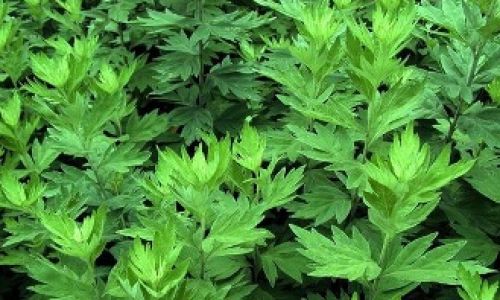
- Toxicity: Mugwort contains thujone, a neurotoxic compound also found in wormwood. Excessive thujone intake can cause seizures, hallucinations, and liver damage. Boiling may reduce thujone levels, but precise data is scarce.
- Pregnancy Risks: Mugwort is a uterine stimulant and may induce miscarriage. Pregnant individuals should avoid it entirely.
- Allergies: Cross-reactivity with ragweed pollen is common, posing risks for those with allergies.
- Drug Interactions: Mugwort’s vitamin K content may interfere with anticoagulants like warfarin.
- Skin Sensitivity: Handling fresh plants can cause dermatitis in some individuals.
Modern Research and Regulatory Perspectives
Scientific interest in mugwort is growing. A 2020 review in Plants highlighted its antioxidant and antimicrobial potential but stressed the need for human studies. Regulatory bodies like the U.S. Food and Drug Administration (FDA) classify mugwort as “generally recognized as safe” (GRAS) in food amounts, but medicinal use lacks formal approval.
Cultural vs. Contemporary Use
The divide between traditional and modern perspectives is striking. While TCM practitioners advocate controlled use, Western herbalists often emphasize caution. Social media has amplified claims about mugwort’s benefits, sometimes overshadowing scientific skepticism. Users must balance cultural respect with evidence-based decision-making.
Conclusion
Boiling mugwort for consumption is a practice rooted in antiquity, offering potential health benefits when approached responsibly. However, its safety hinges on moderation, awareness of contraindications, and consultation with healthcare providers. While mugwort tea may complement a holistic wellness routine, it is not a substitute for medical treatment. As research evolves, so too should our understanding of this enigmatic herb—a bridge between ancestral wisdom and modern science.
Final Recommendation: If you choose to explore mugwort, start with small amounts, source plants from reputable suppliers, and discontinue use if adverse effects occur. Remember, nature’s pharmacy demands respect and restraint.
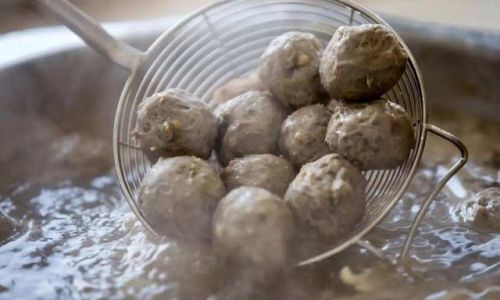
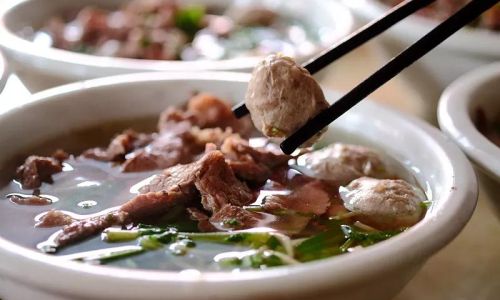

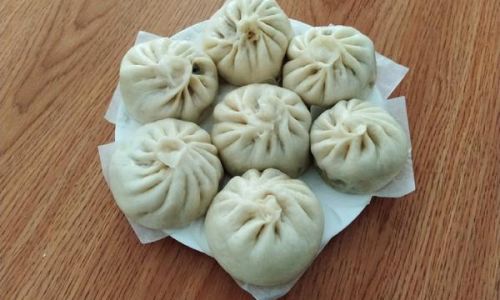
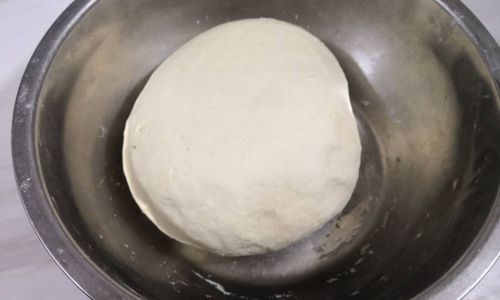
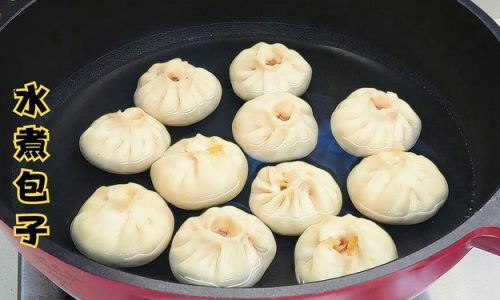
0 comments